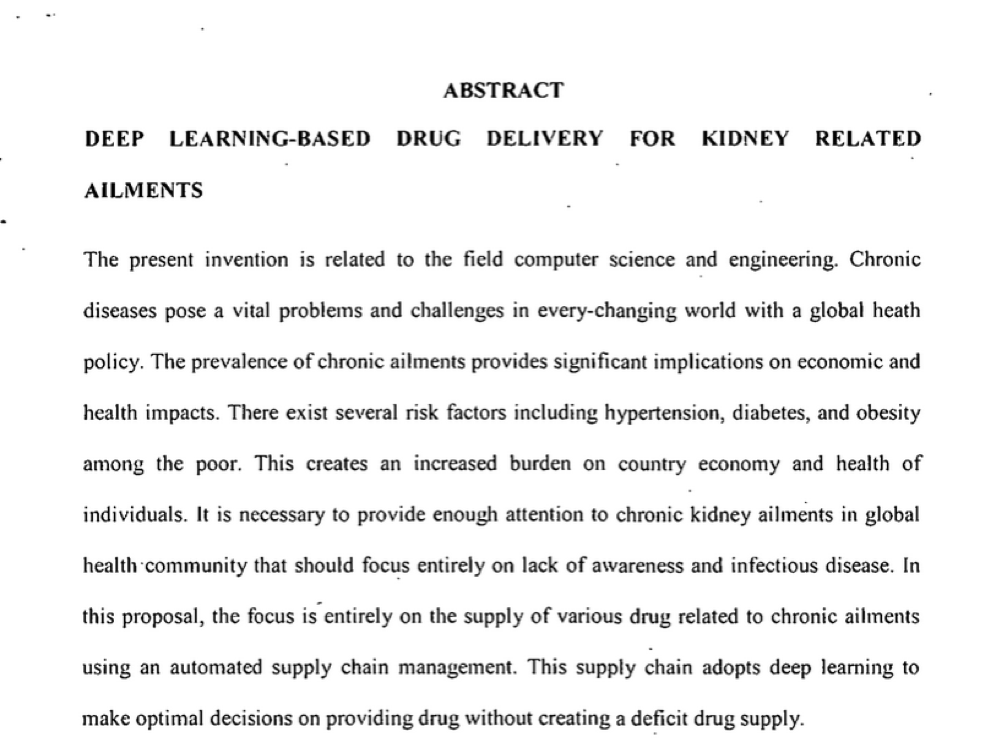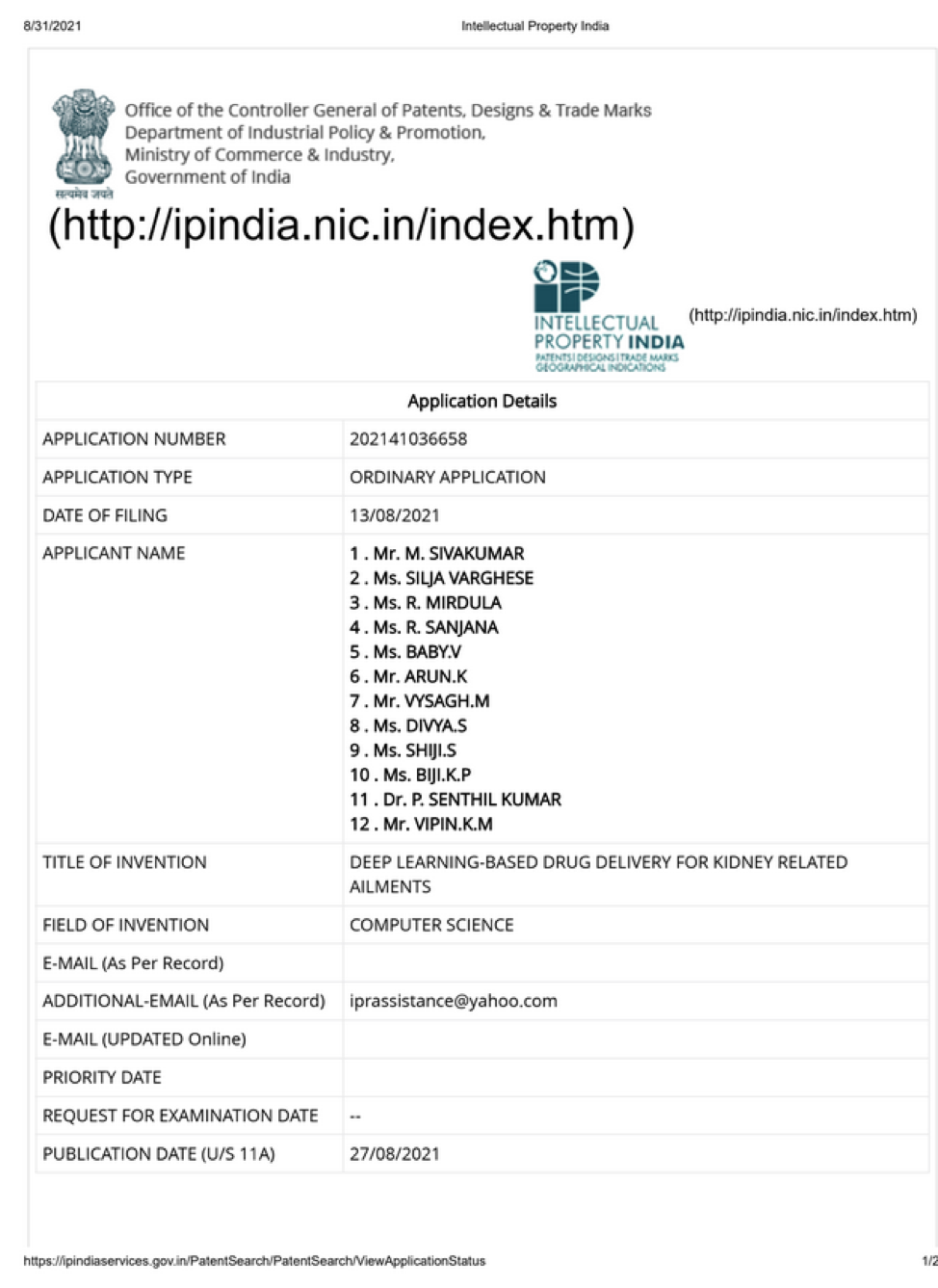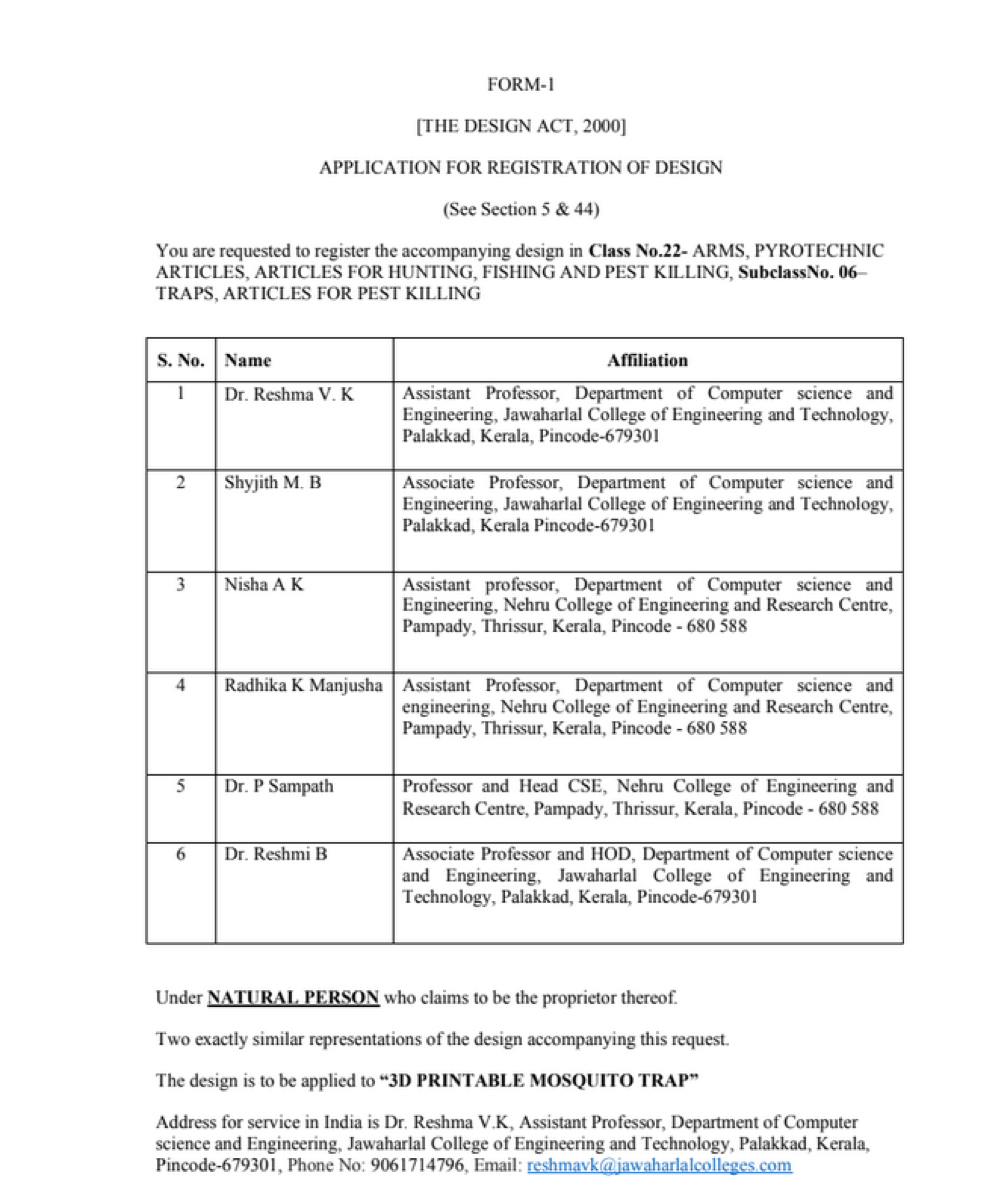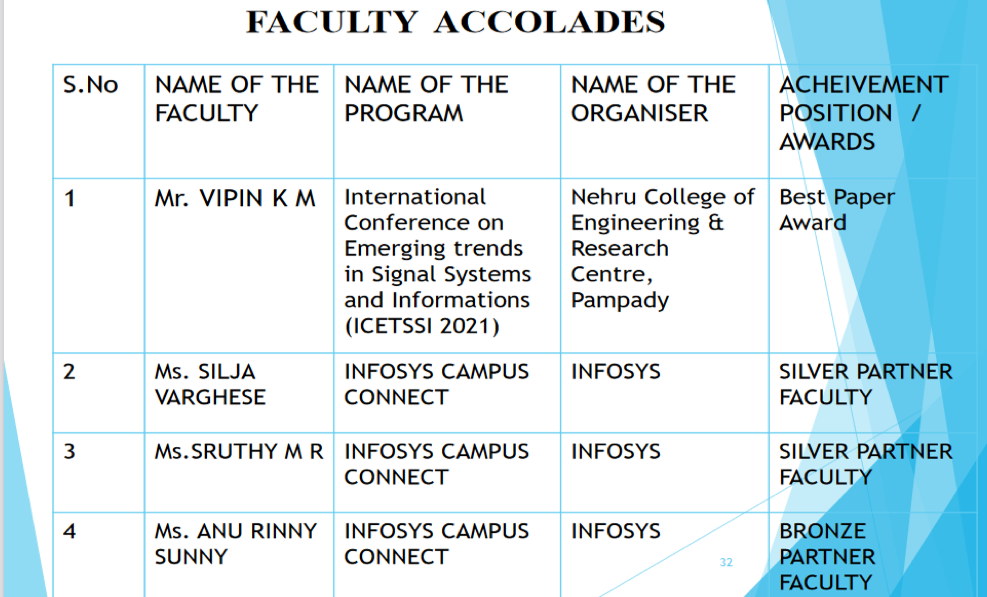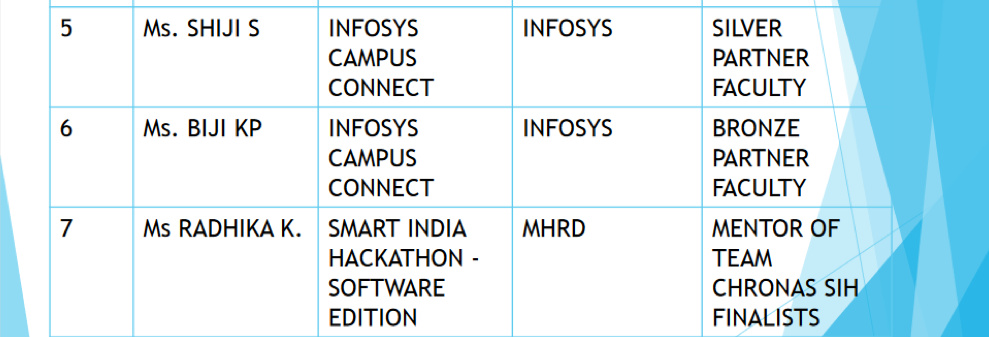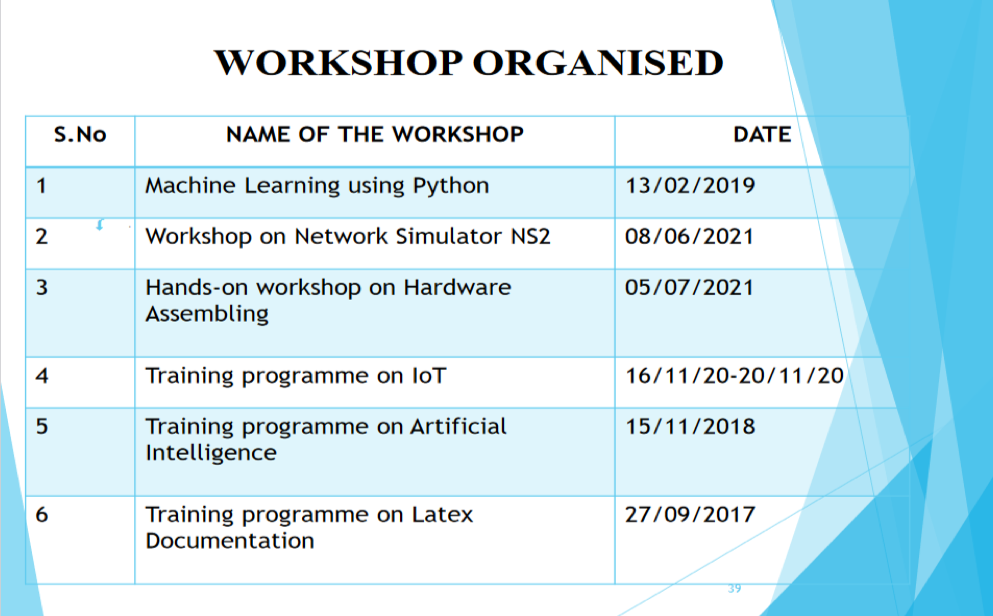FACULTY ACHIEVEMENTS
Dr. U.Vijay Sankar CSE Department Nehru College of Engineering and Research Centre, Pampady has awarded Patent of Application publication in India and Australian Government.
The Indian Patent Absract: The Internet of Things(IoT) is the collection of computing devices or things that have the capability to leverage the Internet to communicate messages. The inerconnected entities involve advanced computing devices and daily gadgets equpped with sensing devices. The Internet of Things also has persuaded much of the emerging manufacturing sectors including smart cities,vehicles and medical achievements.This invention proposes the Physical Unclonable function (PUF) to develop the secured mutual authentication process for IoT smart home devices.

Austalian Government Patent Abstract: Realistic Electric Load Profiling System Of Textile Mills By Considering Dynamic And Stochastic Behaviours Using Generative Adversarial Networks (Gan) As electric load profiling is emerging in the textile industries, it is important to essential to check the dynamic and stochastic behaviors through implementing various algorithms. The manual finding of electric loading is time consuming and inaccurate. To remedy this problem the textile industry should be implemented using smart grid. So the measurement in many sub areas of the textile industry production was carried out. This was subjected to the k-means of clustering in which the cluster centers and the each cluster distance was measured there by finding the clusters. This is further subjected to Generative Adversarial Networks (GAN) which will consider this generated input and the real value both are fed into the discriminator there by producing the output. This led to a high performance in the energy conservation.
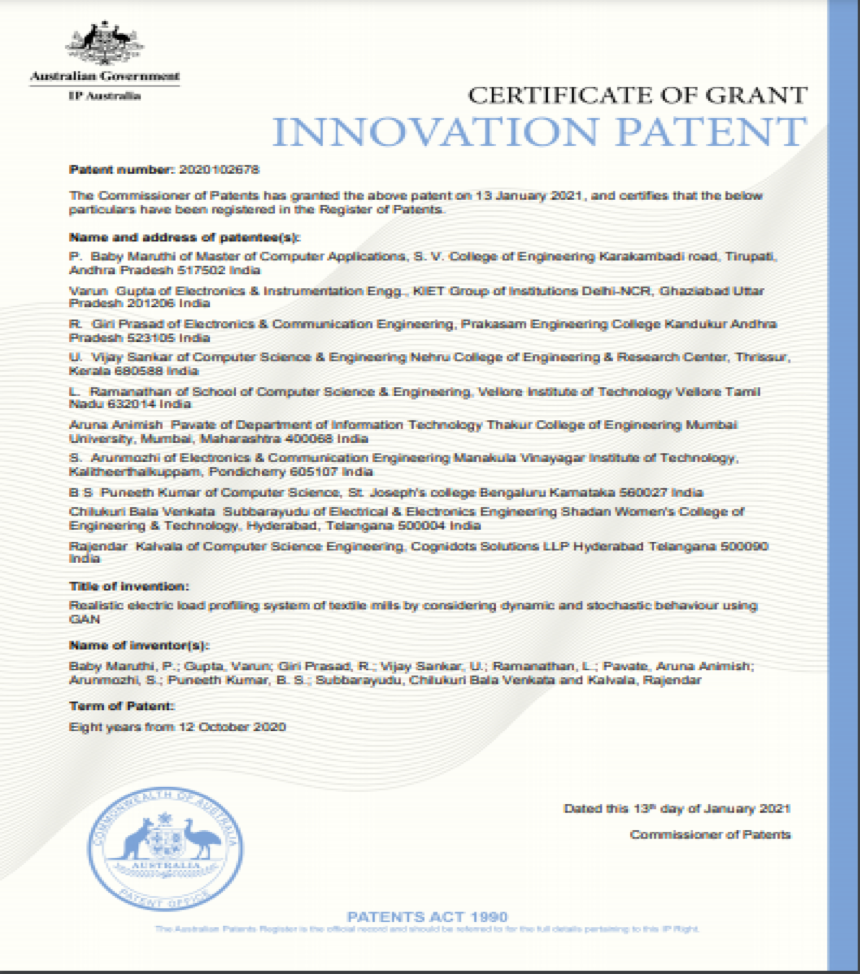
Ms Nisha A K CSE Department Nehru College of Engineering and Research Centre,Pampady has awarded Patent of Application publication in Australian Government.
Abstract:
A METHOD OF TRACKING AND MANAGING MUNICIPAL WASTES USING GEO SPATIAL TECHNOLOGY Abstract: In the past few decades,
the land site is required for the proper disposal of wastes without affecting the environment is critical as there is
only a short land site is available in urban areas in disposing of municipal wastes. A huge amount of waste is obtained
from housing and commercial purposes due to the increased population growth. The tracking system of waste is preferred to
clean the waste completely and improve the environmental condition using Geo-spatial technology. The spatial information
data are included in tracking the waste in the respective location. The Geo spatial technology includes Geographic
Information System (GIS), Remote Sensing (RS), and Global Positioning System (GPS). Geospatial technology is the growing
technological field that includes Remote Sensing (RS), Global Positioning Systems (GPS), and Geographic Information
systems (GIS). The data about the earth is being collected using Geospatial technology and also used for the analysis,
simulations, modeling, and visualization. The proper decision can be taken based on the information acquired from the earth.
This technology includes intelligent maps which cover the entire earth. Therefore, Geospatial based technology is essential
in our daily life routine. The implementation of Geo-spatial technology is the best method to track the municipal waste in
the respective location via the analysis of images with additional information. This invention is proposed for the development
of a method for tracking and managing the solid wastes in the municipality area. This development of method involves the usage
of the Geo-spatial technology namely Global Information System (GIS). The tracking of the waste includes the data preprocessing
in which missing data are eliminated, promotes the outlier management, and standardized dataset.
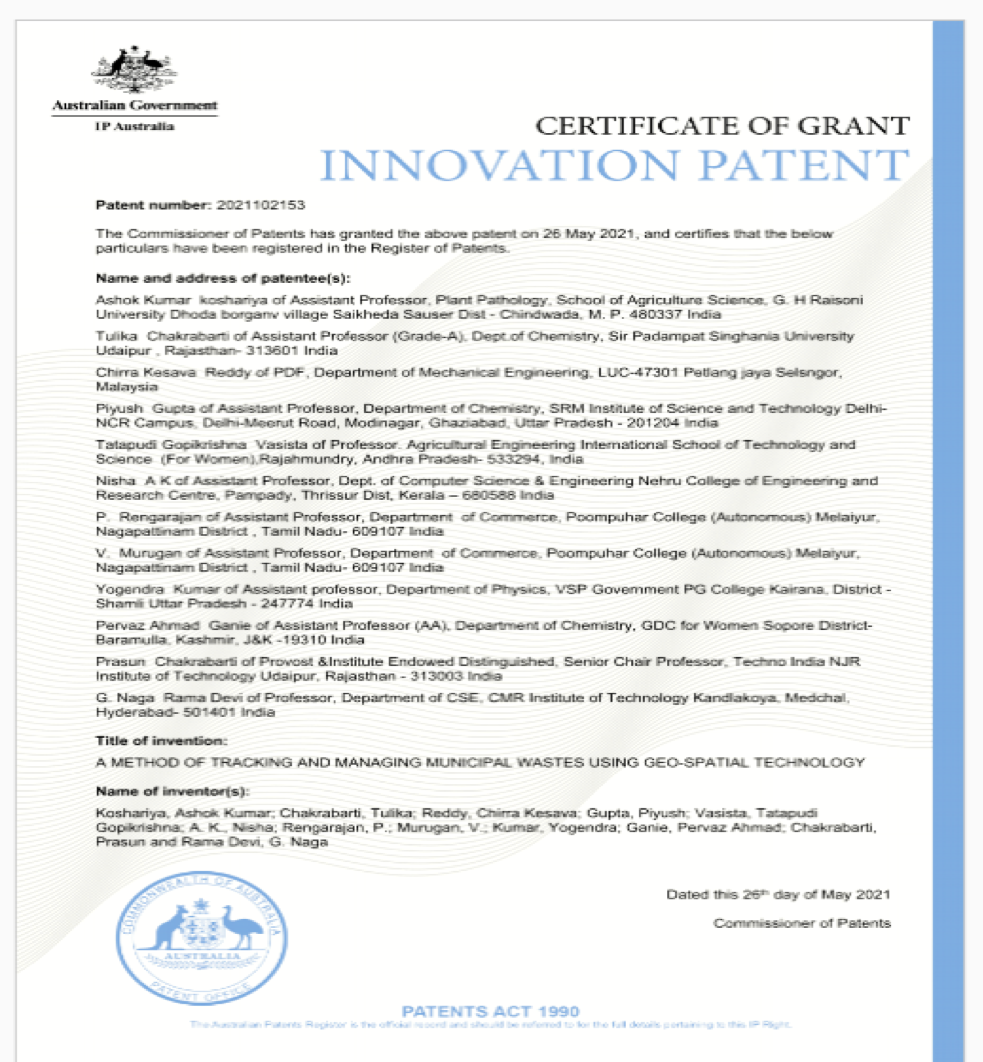
Dr P Sampath CSE Department Nehru College of Engineering and Research Centre,Pampady
has awarded Patent of Application publication in Australian Government.
Abstract
A head-up display system comprises: a first projection module
that projects a first image and that is configured to display the first image in the
frontal direction not directly facing a user; a second projection module that projects
a second image and that is configured to display the second image in the frontal direction
directly facing the user; and a reflecting optical element configured to at least partially
reflect the first image and the second image.
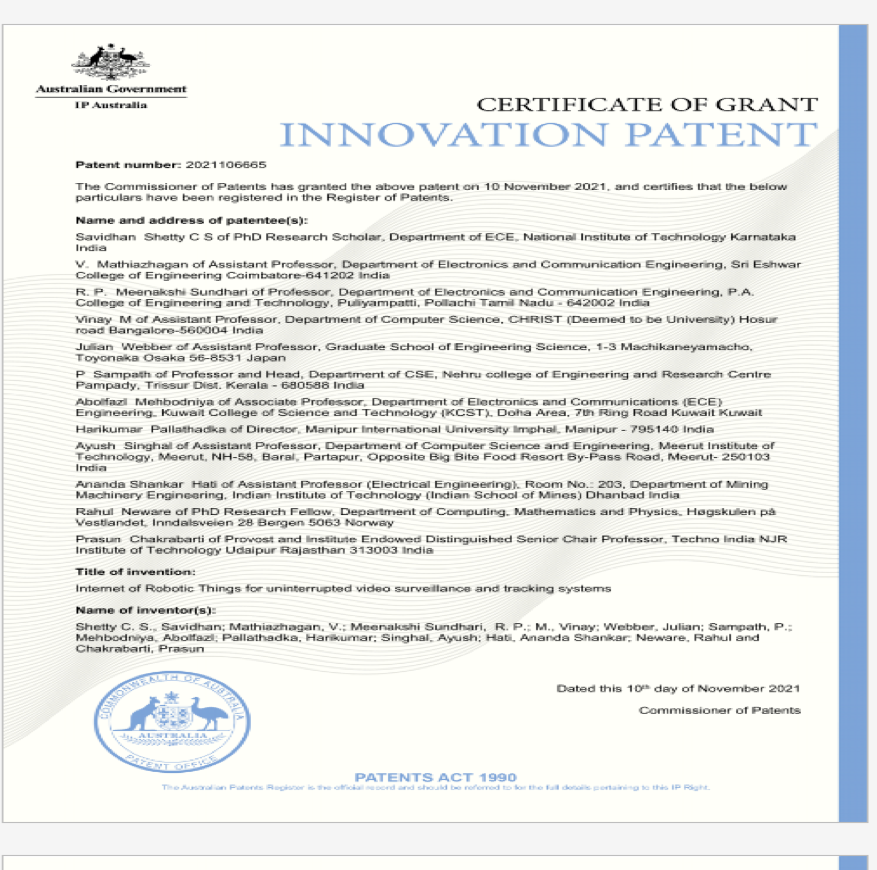
Ms. Silja Varghese,Ms Baby V,Mr Arun K,Mr Vysagh M,Ms Shiji S,Ms Divya S, Ms Biji K P,Mr Vipin K M of CSE Department Nehru College of Engineering and Research Centre,Pampady applied for Indian patent
